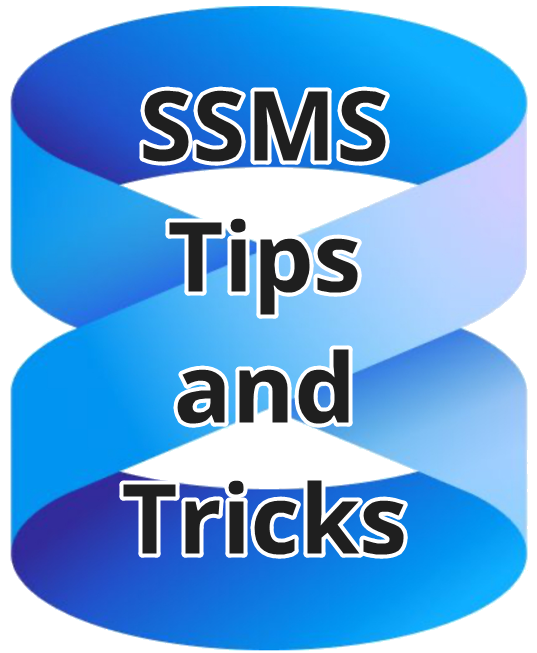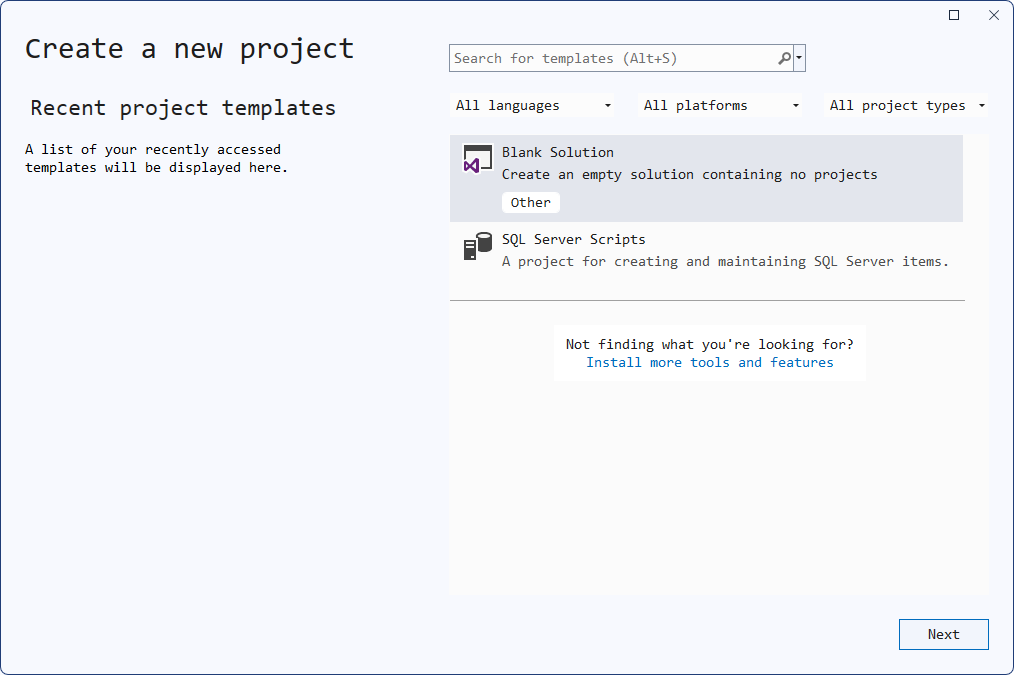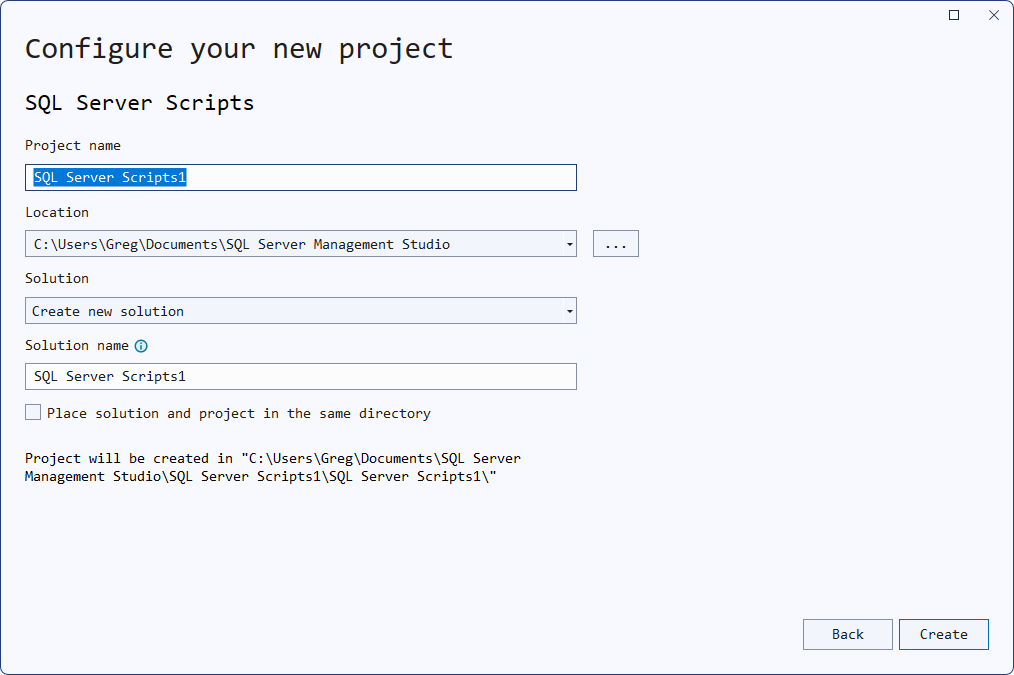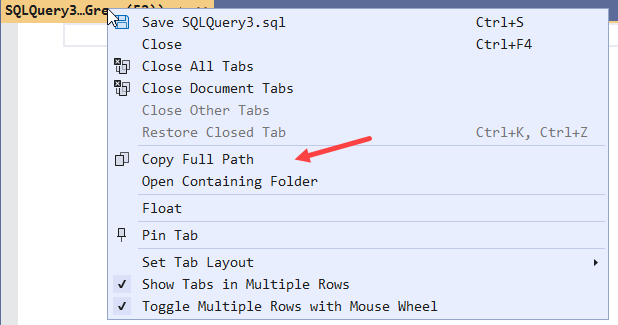
SSMS Tips and Tricks 7-8: Starting faster by disabling CRL checking in constrained environments
If you have ever started SSMS in an isolated environment (ie: one with no external Internet connectivity), you’ll find that it’s slower to start.
That’s because SQL Server uses signed assemblies, and whenever an application with signed assemblies starts, it needs to check whether or not the certificate that they were signed with has been revoked. It’s not good enough to just check if it’s a valid certificate.
Certificates include a CRL (Certificate Revocation List) and this tells an application that’s trusting the certificate where to check for a list of revoked certificates.
2025-09-28






